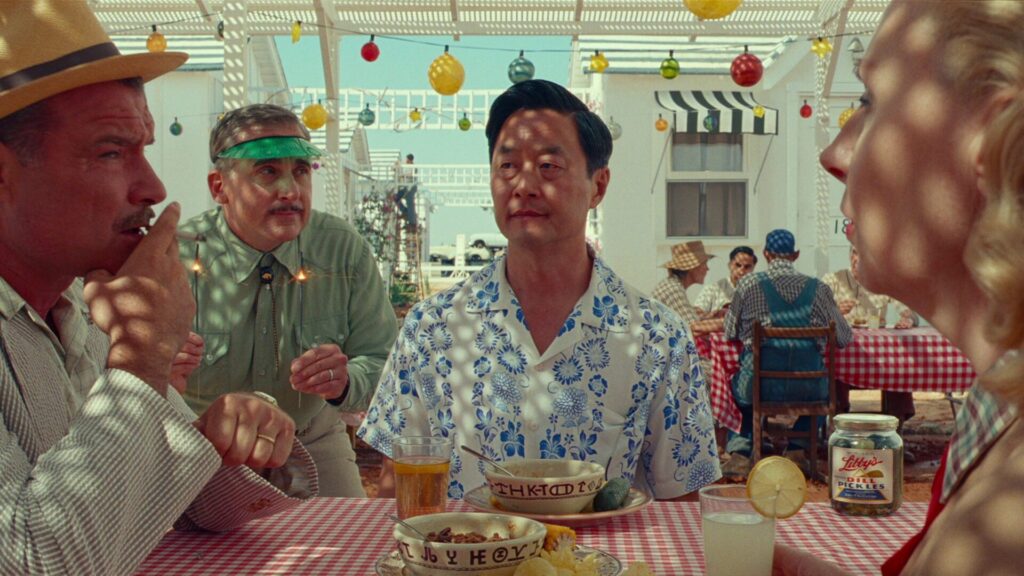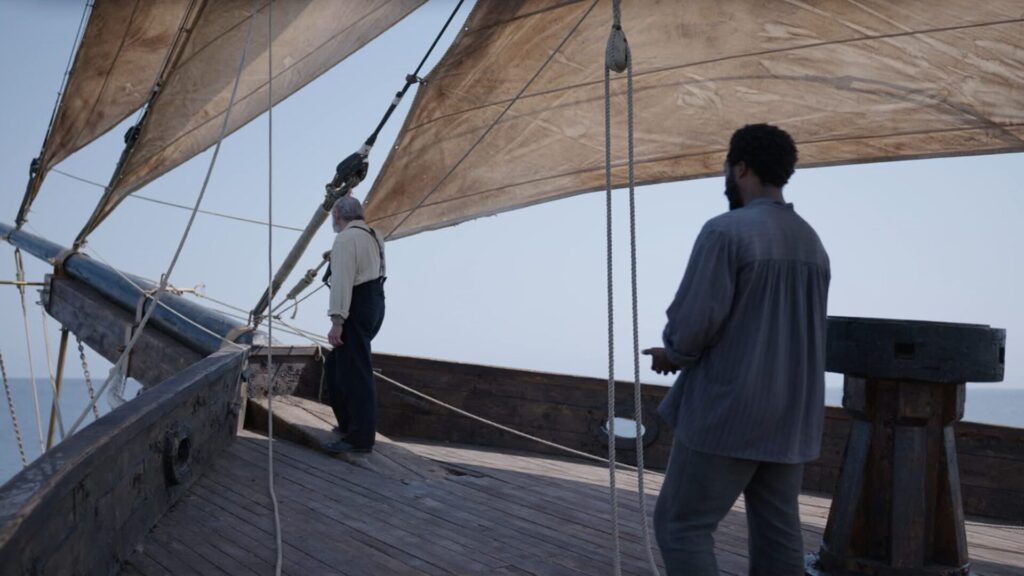Jellyfish Pictures is an award-winning animation and visual effects studio with over 500 artists around the world working in a hybrid, cloud-forward, and talent-focused setup that maximizes productivity and collaboration. Founded in 2001, the studio has worked with a stellar list of clients, including Disney, Netflix, DreamWorks, AppleTV+, HBO, Sky, the BBC, and Amazon, earning accolades from the BAFTAs, Emmys, and Annies along the way. Some of their recent projects include feature films such as The Creator and Asteroid City, Oscar-winning Wes Anderson short, The Wonderful Story of Henry Sugar, and series such as The Gentlemen, Stranger Things and Constellation. Upcoming yet to be released work includes the feature adaptation of Roald Dahl’s The Twits and adventure series Nautilus.
Autodesk’s Design and Make software has long served as the creative backbone for Jellyfish Pictures, enabling the studio to push creativity and aesthetics to new heights and expand to meet the needs of global productions. In addition to using Flow Production Tracking (formerly ShotGrid) for production management and Maya for animation and rigging, the studio has prioritized open standards and interchange formats, relying heavily on integrated OpenUSD and OpenColorIO workflows across Autodesk solutions. Early on, to adapt to the ever-increasing demands for new content, Jellyfish Pictures made the decision to structure itself as a cloud-based virtual studio, ensuring that they can tap the best artistic talent from anywhere in the world, expand their services, and scale quickly as needed – a setup that has been integral to the studio’s success.
Paul Baaske, the Head of Production Technology at Jellyfish Pictures, is responsible for overseeing this virtual infrastructure, ensuring that the studio is producing incredible images for clients with as little friction as possible. He explained, “The industry today is on a new scale that was almost unthinkable a few years ago. Modeling might be done in India, Look Development in London, rigging work in Spain, layout in South Africa, animation in France… and then it all comes together for a client located in Los Angeles. Managing that complexity is one challenge, but at the same time, we’re often working projects which involve several other studios in various locations globally, so we not only have this very diverse workforce internally, but we also have clients and partner studios all over the world that need to be kept in sync and communicated with all the time.”

Asteroid City. Imagery courtesy of Jellyfish Pictures.
Furthermore, as artists can create more iteratively, and as files continue to increase in resolution and complexity, the infrastructure to manage and track all of this data must keep up. “You need more help and more systems to track the amount of data so that you can keep iterating – otherwise, you just get lost in the sheer volume. I think we’re just seeing the beginning of really, truly facilitating a global workforce that’s capable of handling that level of data,” said Baaske.
As longtime users of Autodesk solutions, Jellyfish Pictures was excited to participate in early testing for Autodesk Flow, the M&E industry cloud built to connect people, workflows, and data across the entire production lifecycle from earliest concept to final delivery, regardless of the tools they use. Harnessing the power of an open ecosystem, open standards, and connected data, Flow aims to help studios collaborate more efficiently both internally and with partners, unlocking new opportunities for innovation and creativity. Underpinning Flow is Autodesk’s cloud data model, built with open APIs, that structures all the data created and consumed throughout the production pipeline – allowing users to capture, re-use, and track data while acting as the single source of truth for all assets, versions, and feedback in a production. From individual artists to entire departments and studios, Flow will enable everyone to work on tasks simultaneously, rather than waiting for one group to finish their work before another can take over.
“Throughout my career I’ve seen that the bookends of production, i.e. getting data in and out efficiently, is the principal challenge to any successful collaboration” Baaske explained. “I think this is where Flow will be interesting, because it provides a common interface for all collaborators to say, ‘this is the asset, this is the one you should use”. The days of working on an entire production in isolation are gone and it’s all about how we can get something in, process it quickly in our pipeline, and then produce something that other studios can take on, with minimum friction in the process. Flow has a lot of potential to help with this journey.”

The Last Voyage of the Demeter. Imagery courtesy of Jellyfish Pictures.
Ultimately, Baaske believes that the goal for any studio is to support its artists’ creativity – and finding technological solutions and workflows that foster that spirit of innovation and creation. The more time that artists have to iterate, and the less time they need to spend tracking shot versions or logging metadata, the stronger the end result will be.
Baaske concluded, “The interconnectedness today is a big logistical challenge when making a movie. It means a huge amount of compute, a huge amount of data, and ensuring the right data is with the right people at the right time. This means they can open a ‘scene’, be creative and save their work. Then it is ‘just available’ to the next person who needs it, wherever they may be in the world. That’s the dream we want to achieve. Using Flow could help us stay in our pipeline while we also collaborate directly with partner studios and maybe even track each other’s work seamlessly. That’s where having a central global asset management system like Flow can shine.”
For more information about Autodesk Flow, visit https://www.autodesk.com/flow